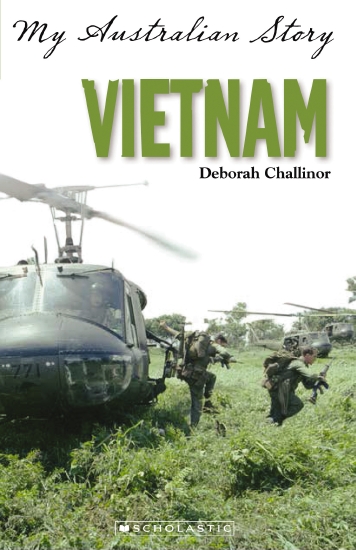Billy Thompson and Alice Carson are children in 1931. Billy is part of a struggling working class family living in The Rocks. Alice lives on the north side, in a family more financially secure.
The Rocks, Wednesday, August 20, 1930
Bluey Waters,
c/o Happy Valley Camp, La Perouse
Dear Bluey,
I wish you could have been there. It was terrific! A bonza night, with enough noise for you to hear over your way. And all because the spans have joined! Me and Davo like to pretend the Bridge is a monster, a giant stick insect made of steel, with these big arms that are reaching out, ready to grab something. But one arm is a bit longer than the other and we think it might end up missing, only the engineers must know what they are doing. They’ve been building bridges for years and the Sydney Harbour Bridge for four at least, every day except Sundays and public holidays or when it’s too dangerous, like during heavy rain or high winds. The steel can get awfully slippery then, and there’s nothing to hang on to, no steps or handrails or anything.
Billy Thompson and Alice Carson are children in 1931. Billy is part of a struggling working class family living in The Rocks. Alice lives on the north side, in a family more financially secure. Both their lives and the lives of their families are bound up in the construction of the most famous bridge in Australia. In their alternating diary entries, the reader is presented with a number of differing perspectives of both the bridge and its construction and life in Sydney during the Depression era. Billy’s father is a donkeyman, riding the wire ropes that dangle down from the cranes. Alice’s father is an engineer. He ‘has to work out all the sizes and how the steel will fit together’. Bluey, Billy’s friend, and his family are moved to the euphemistically-named Happy Valley Camp when their rented home is ‘resumed’ to provide the land for the south-side bridge foundations.
The Sydney Harbour Bridge is an iconic structure recognised by most within and many beyond Australia. Although it may seem to Australians today as though the bridge has always been there, of course it hasn’t. Few people in Sydney can have been unaffected by the bridge construction. For some it was a curiosity, for others it meant losing their homes, and for yet others it provided much needed work. ‘Sydney Harbour Bridge’, a ‘My Australian Story’ series title, is a fictional account of life in 1931-1932, based on real events. In addition to the descriptions of the bridge construction, it is a dual social history of two different classes, neither with much awareness of the other. Readers will discover some of the joys and challenges of being an almost-teenager in another time. Recommended for upper primary and anyone interested in social history and how an icon was built.
Sydney Harbour Bridge, Vashti Farrer
Scholastic 2012
ISBN: 9781741699530
review by Claire Saxby, Children’s Author
www.clairesaxby.com
 It’s supposed to be a fair way to decide who does national service and who doesn’t, but Mum reckons it isn’t. She says the fate of a mother’s son shouldn’t depend on a number picked out of a barrel. The marbles that go in the barrel have the days of the month on them. An agreed number of marbles are drawn out of the barrel, and if your birth date is on one, you’re ‘balloted in’.
It’s supposed to be a fair way to decide who does national service and who doesn’t, but Mum reckons it isn’t. She says the fate of a mother’s son shouldn’t depend on a number picked out of a barrel. The marbles that go in the barrel have the days of the month on them. An agreed number of marbles are drawn out of the barrel, and if your birth date is on one, you’re ‘balloted in’.
